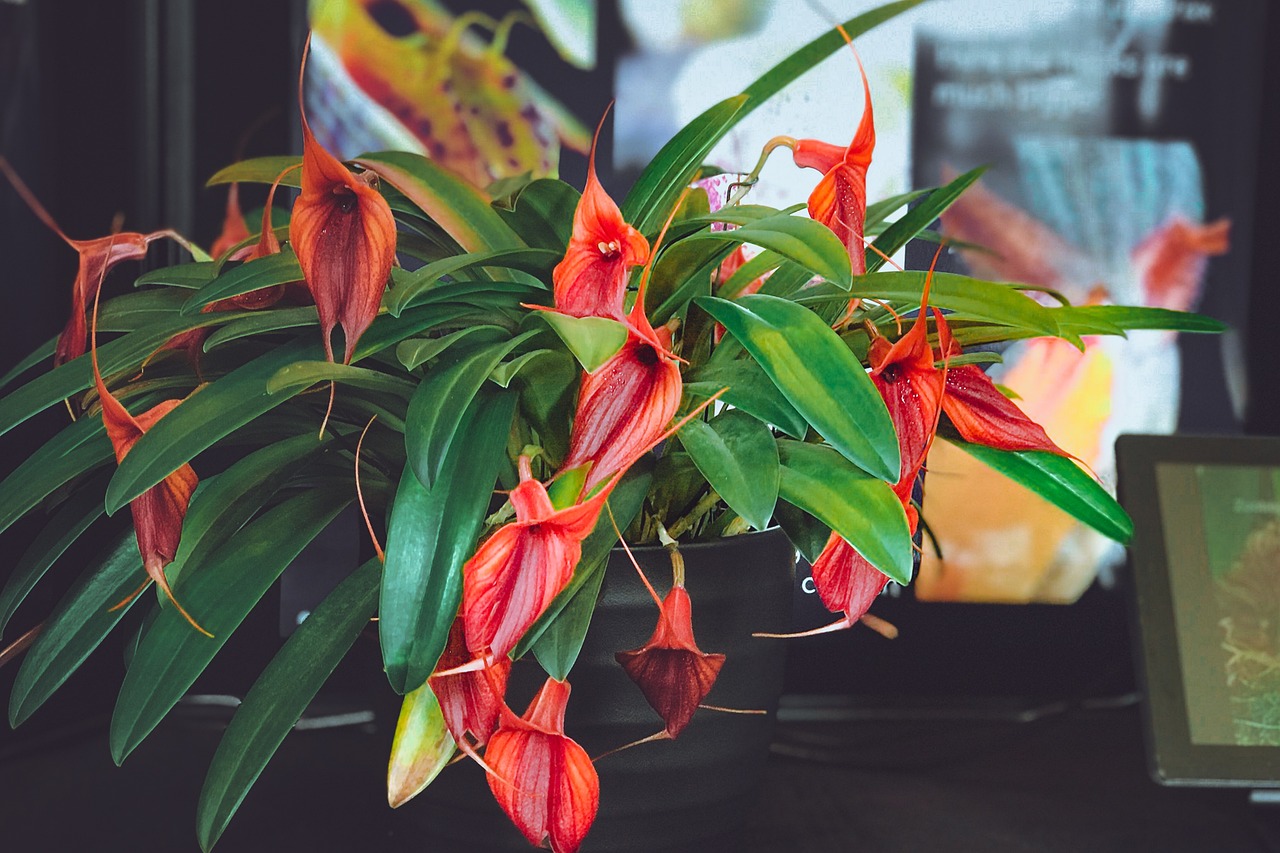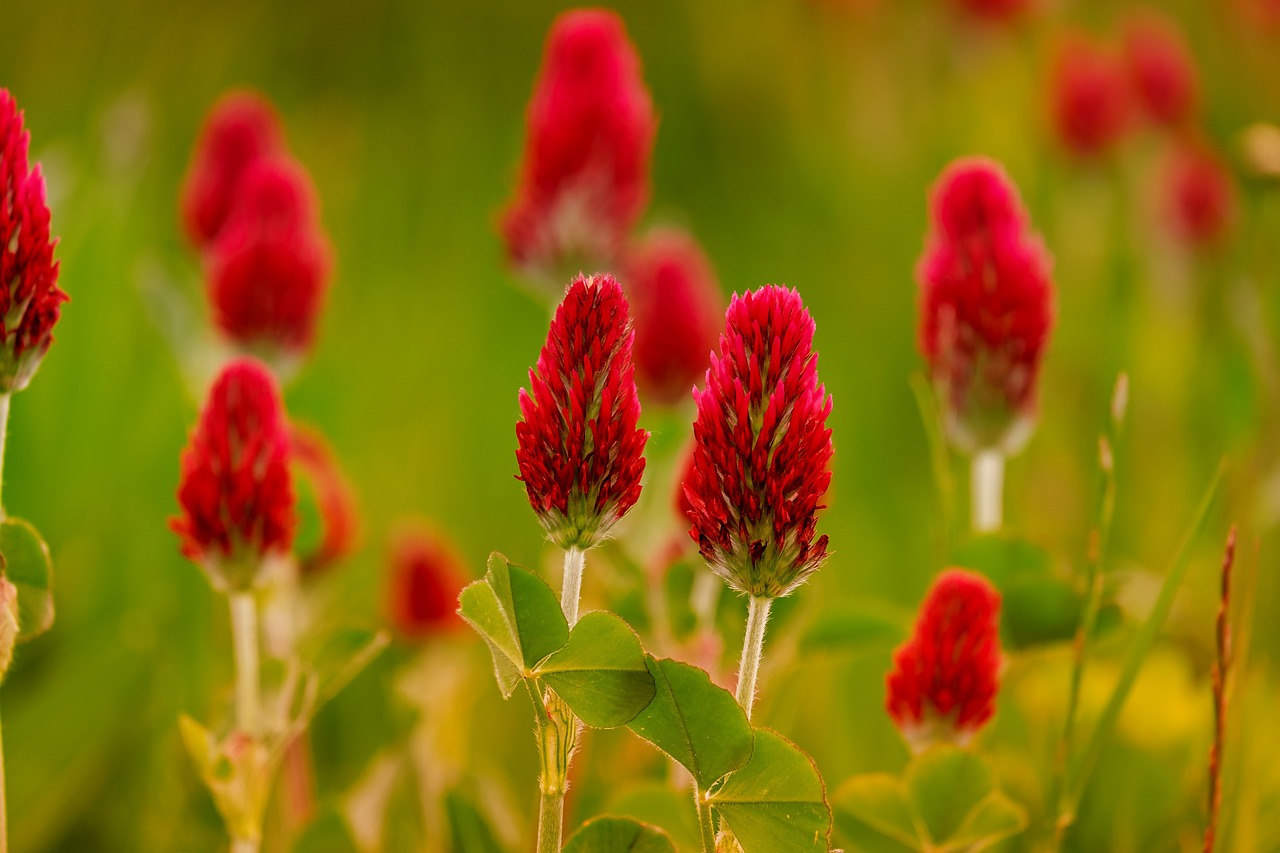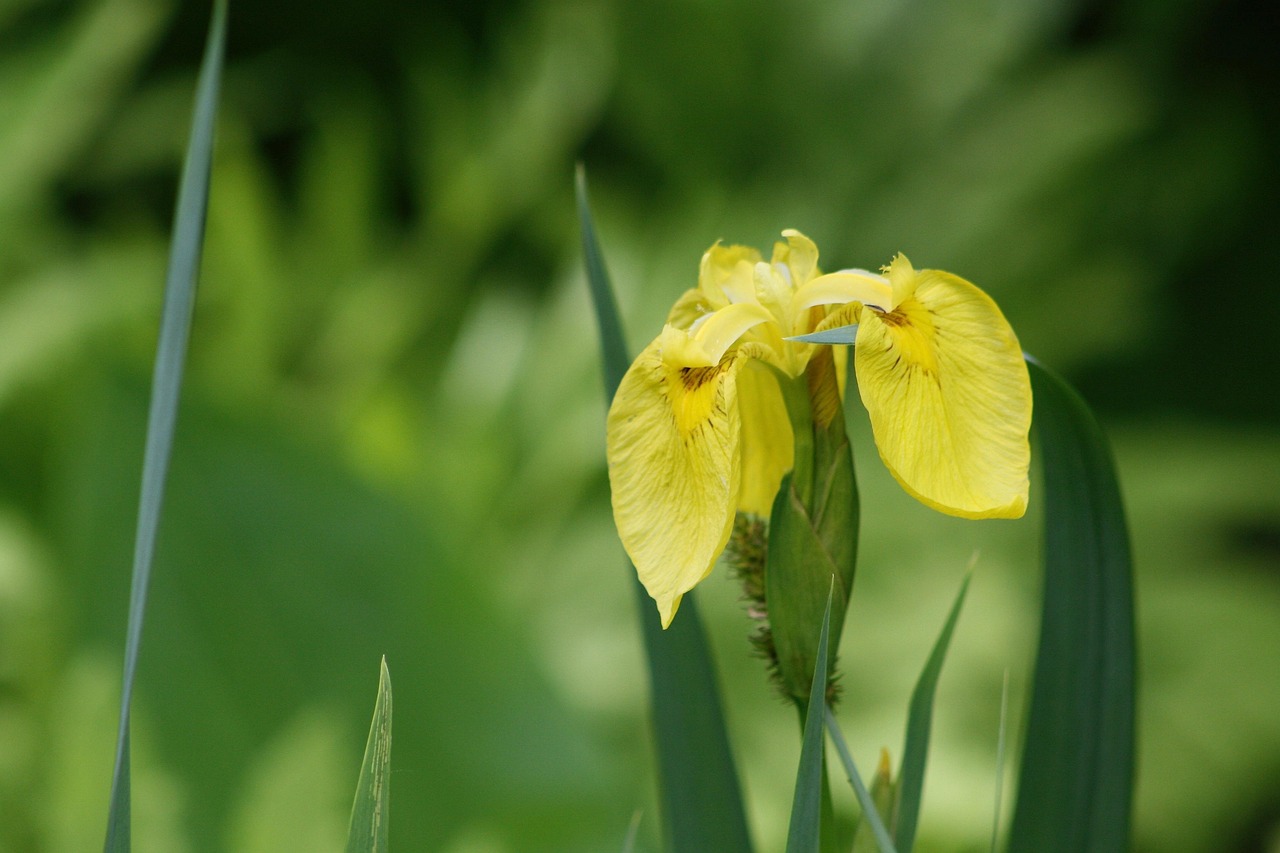Masdevallia | The Enigmatic Mountain Orchid of the Andes

Masdevallia is an orchid renowned for its exotic forms and vivid colors.
I introduce it as a plant that thrives in the humid environments of tropical highlands. With its diverse varieties and distinctive beauty, it is cherished by orchid enthusiasts worldwide.
In this article, I will explain in detail the basic information, cultural and historical background, and tips for cultivation of Masdevallia.
Basic Information
- Scientific Name: Masdevallia
- Family: Orchidaceae
- Origin: South America, especially the Andes mountains in humid highland forests
- Appearance: A small epiphytic orchid with tubular or triangular flowers. Colors range from red, yellow, orange, purple, to white. Its unique forms enhance ornamental value. The slender, supple leaves and compact growth make it suitable for pots and terrariums.
- Flowering Season: Varies by species. Many varieties bloom year-round, particularly when temperature and humidity are well maintained.
Cultural Significance Around the World
In its native South America, Masdevallia is deeply tied to the culture and nature of the Andes.
Its mysterious shapes and brilliant hues made it a symbol of nature worship and a decorative element in traditional rituals. In some regions, it is known as the “flower that calls the rain,” celebrated as a herald of the rainy season.
During the orchid boom in Europe, Masdevallia attracted the attention of many collectors. In the Victorian era, it was exhibited in botanical gardens and greenhouses as a rare treasure. Even today, it enjoys enduring popularity among orchid lovers.
Historical Episodes
The name Masdevallia honors José Masdeval, an 18th-century Spanish physician and botanist.
It was named by botanist Louis Neé and introduced to Europe by explorers returning from the Andes. In the 19th century, orchid collecting became an intense trend, and many Masdevallia species were imported from South America.
In Britain and France, they were cultivated in the greenhouses of royalty and nobility, admired as rare and exotic plants. Over time, with the discovery of diverse species and the progress of hybridization, a wide range of horticultural varieties emerged.
Gardening Advice
Since Masdevallia thrives in humid conditions, I recommend recreating its native tropical highland environment.
Light
Prefers bright, indirect light. Direct sun causes leaf burn. Use shade cloth or filtered light.
Watering
Keep the soil surface slightly moist. Frequent, light watering is ideal, but avoid waterlogging.
Humidity
Maintain 60–80% humidity. Mist leaves, use humidifiers, or place near water trays.
Soil
Use well-draining epiphytic mixes with bark, sphagnum moss, and perlite.
Fertilizer
Apply diluted liquid fertilizer every two weeks in the growing season. During flowering, use fertilizer higher in phosphorus.
Temperature
As a high-altitude orchid, it prefers cool conditions—20–25°C by day, 10–15°C at night. In hot summers, provide good ventilation and cooling measures.
Conclusion
Masdevallia is a captivating orchid that offers the joy of cultivating a plant with unique blossoms in a cool, highland-like environment.
Although it requires some care, by providing the right conditions you can enjoy its vivid flowers throughout the year.
I encourage you to bring Masdevallia into your life and discover its refined beauty.





